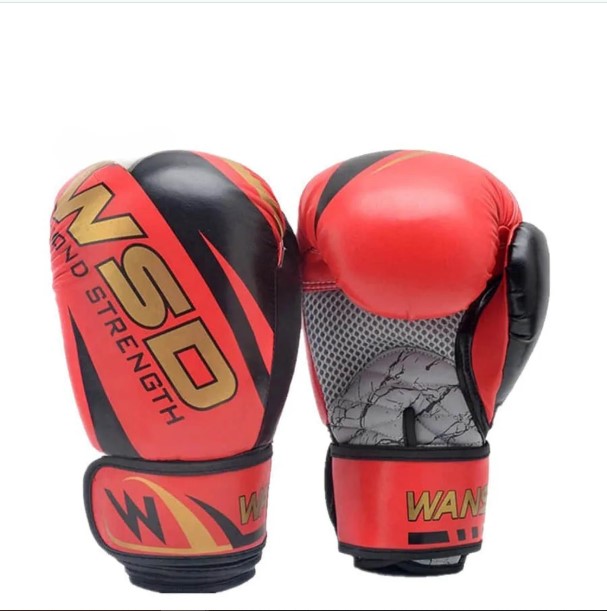
Selecting the perfect boxing gloves is essential, whether you’re a novice stepping into the ring for the first time or a seasoned athlete refining your craft. The right gloves not only boost your performance but also protect your hands and minimize the risk of injury during training or competition. This guide will help you navigate the key considerations for finding the ideal pair of boxing gloves to match your needs.
Understanding the Different Types of Boxing Gloves
Boxing gloves are available in various styles, each tailored for specific uses:
- Bag Gloves:
Specifically designed for heavy bag training, bag gloves provide the right balance of protection and feedback. With less padding around the knuckles, these gloves enhance impact feedback, helping you improve punching technique. For more intense sessions, you can opt for bag gloves with extra padding to safeguard your hands. - Training Gloves:
Known for their versatility, training gloves are a go-to option for beginners and intermediates. These gloves offer sufficient padding, making them suitable for both sparring and bag work. If you’re starting out, training gloves are an excellent all-purpose choice. - Sparring Gloves:
Sparring gloves feature additional padding to protect both you and your partner during practice sessions. Heavier than training gloves, they ensure safety while mimicking the dynamics of a real match. - Competition Gloves:
Lighter and with less padding, competition gloves are designed to maximize the impact of punches during a fight. They are available in two categories: gloves for amateur bouts (subject to regulations) and professional-grade gloves tailored for advanced fighters.
How to Choose the Right Boxing Gloves for Your Needs
Several factors come into play when choosing the right gloves:
- Size and Weight:
Boxing gloves are measured in ounces, with the weight correlating to the level of padding. Lighter gloves (8–10 oz) are typically used in competitions, while heavier gloves (12–16 oz) are ideal for training and sparring. Your body weight also plays a role: for instance, if you weigh between 45–57 kg, a 12–14 oz glove may suit you, whereas those over 72 kg might prefer 16–18 oz gloves.
When choosing gloves for children, ensure thick padding to protect their knuckles. Kid-friendly gloves are typically lighter and larger to accommodate smaller hands. - Material:
The material affects both durability and comfort. Leather gloves are a popular choice due to their longevity and ability to conform to your hand over time. On the other hand, synthetic materials like vinyl offer an affordable alternative, particularly for beginners or occasional users. - Fit and Comfort:
A proper fit is crucial for safety and performance. Gloves should feel snug but not overly tight, allowing for full motion. Always try gloves with hand wraps to ensure the fit accommodates additional layers.
Measuring Your Hand for the Right Fit
To find the best size, measure the circumference of your dominant hand just below the knuckles. Use this measurement in conjunction with the size chart provided by the manufacturer. Gloves that fit correctly should feel secure with wraps and offer enough room for movement without being loose.
Conclusion
Finding the right boxing gloves can significantly impact your training and overall safety. By considering the type, size, material, and fit, you can ensure your gloves meet your specific requirements. The best gloves will not only enhance your skills but also keep your hands protected through every punch and jab.
Whether you’re hitting the bag, sparring, or stepping into the ring, choose high-quality gloves that align with your goals. For premium fitness equipment, explore our range of boxing gloves designed to suit every level of experience.